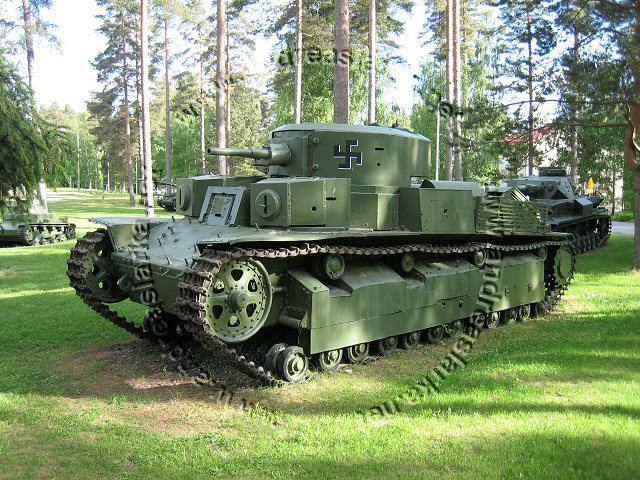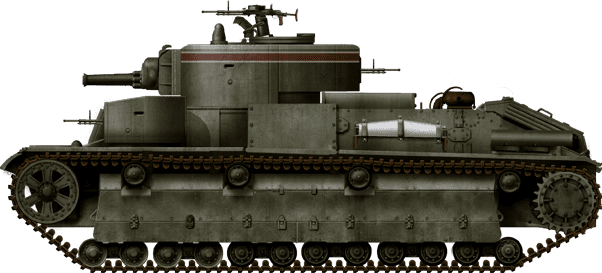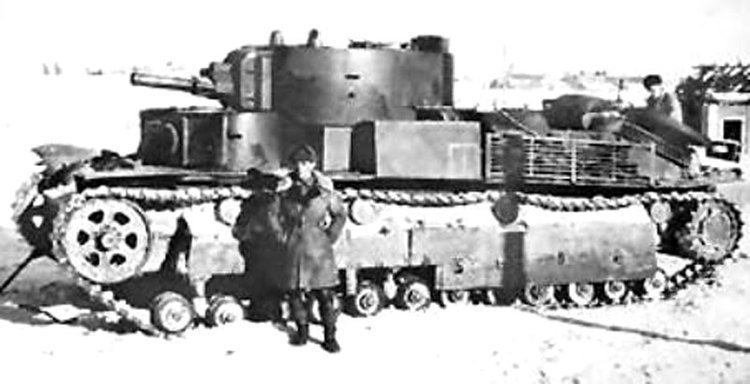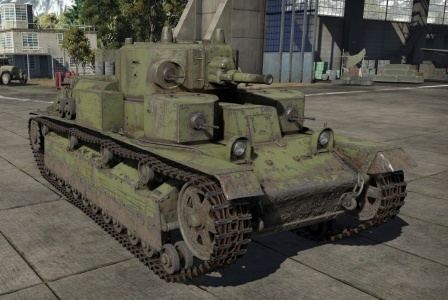In service 1933–45 Produced 1932–41 Crew 6 Power/weight 18 hp/tonne | Designed 1931 No. built 503 Armour 20–30 mm | |
 | ||
Variants T-28E, T-28 Model 1940, OT-28 Engine 46.9 l Mikulin M-17 V12 engine; 500 hp (373 kW) | ||
North american t 28 trojan low fly by and sideslip landing
The T-28 was a Soviet multi-turreted tank that was among the world's first medium tanks. The prototype was completed in 1931, and production began in late 1932. It was an infantry support tank intended to break through fortified defences. The T-28 was designed to complement the heavier T-35 (also multi-turreted), with which it shared turret designs. The type did not have great success in combat, but it played an important role as a development project for Soviet tank designers. A series of new ideas and solutions that were tried out on the T-28 were later incorporated in future models.
Contents
- North american t 28 trojan low fly by and sideslip landing
- North american t 28 trojan startup and taxi
- Design history
- Combat history
- Assessment
- Variants
- Experimental models
- Operators
- References

North american t 28 trojan startup and taxi
Design history

The T-28 was in many ways similar to the British Vickers A1E1 Independent tank, which greatly influenced tank design in the period between the wars, even though only a single prototype was manufactured in 1926. The Kirov Factory in Leningrad began manufacturing a tank that was based on the design of the British Independent in 1932. The T-28 tank was officially approved on 11 August 1933. The T-28 had one large turret with a 76.2 mm gun and two smaller turrets with 7.62 mm machine guns. A total of 503 T-28 tanks were manufactured over the eight-year period from 1933 to 1941.
Combat history

The T-28 was deployed during the Soviet invasion of Poland, and the Winter War with Finland. During the initial stages of the Winter War, the tank was used in direct fire missions against Finnish pillboxes. In the course of these operations, it was found that the armour was inadequate and an upgrade was initiated. The frontal armour plates were upgraded from 30 mm to 80 mm and side and rear plates to 40 mm thickness. With this up-armoured version, the Red Army broke through the main Finnish defensive fortification, the Mannerheim Line.

According to Russian historian Maksim Kolomiets in his book T-28. Stalin's Three-headed Monster, over 200 T-28s were knocked out during the Winter War, but only 20 of them were irrecoverable losses (including two captured by the Finnish Army). Due to the proximity of the Kirov Plant, all other knocked-out tanks were repaired, some of them more than five times.

The Finns nicknamed the T-28 Postivaunu ("mail coach" or "postal wagon") after a lone Soviet T-28 tank commander was captured with his knocked out tank that carried the monthly salary of, and mail addressed to, the 91st Tank Battalion (this occurred 19–20 December 1939, during the battle of Summa). Another explanation was that the straight vertical surfaces alluded to the stagecoaches of the Wild West. The T-28 was also nicknamed Kivitalo ("stone building") by the Finns due to its large size.

The Finns captured two T-28s during the Winter War and five in the Continuation War, for a total of 7 vehicles. The Finnish Army did not have tractors that could tow away vehicles as heavy as the T-28, and so captured T-28s that could not move under their own power were stripped of anything useful (machine guns, radios etc.) and left where they were.
The Soviets had 411 T-28 tanks when the Germans invaded the Soviet Union in June 1941. A large majority of these were lost during the first two months of the invasion, many of them abandoned after mechanical breakdown. Some T-28s took part in the 1941 winter defence of Leningrad and Moscow, but after late 1941, they were rare in Red Army service; a few were operated by enemy forces.
Today, three T-28s remain, two in Finland and one in Moscow. One restored T-28 is on display in Finnish field camouflage in the Parola Tank Museum, Finland. A further wreck is stored at Parola, now awaiting restoration and a hull previously used as a bunker was discovered near St. Petersburg.
Assessment
Although the T-28 was considered ineffective by 1941, it is worth remembering that, when the Red Army was fielding the first T-28s in 1933, the French Army was still largely equipped with the Renault FT, the British Army had some inferior Vickers Medium Mark I & II and the German Reichswehr had no tanks at all. In 1941, the majority of the invading German tank force had worse tactical specifications than the T-28. For example, 2000 out of the 5000 total German tanks deployed during Operation Barbarossa were the obsolete Panzer I and Panzer II light tanks that were not armed with large calibre guns.
The T-28 had a number of advanced features for the time, including radio (in all tanks) and anti-aircraft machine gun mounts. Just before the Second World War, many received armour upgrades, bringing its protection on par with the early Panzer IV, although its suspension and layout were outdated.
The T-28 had significant flaws. The plunger‑spring type suspension was poor, but many of the better suspension designs used in World War II tanks had not yet been developed. The engine and transmission were troublesome. Worst of all, the design was not flexible. Although the T-28 and early versions of the Panzer IV were comparable in armour and firepower, the sound basic design of the Panzer IV allowed it to be significantly upgraded, while the T-28 was a poor basis for improvement.
All multi-turreted tanks share the same problem; the commander, who gives the order to open fire, can only focus his attention in one direction at a time and therefore the advantage of having weapons that could be fired in many different directions at once was nullified.
Unfortunately for the Red Army, by the time the T-28 saw combat in 1939, events had overtaken it. The 1930s saw the development of the first reliable high‑speed suspensions, the first purpose‑designed anti-tank guns, and a gradual increase in the firepower of tanks. The Spanish Civil War showed that infantry units with small, towed anti-tank guns could defeat most contemporary tanks, and made the under‑armoured tanks from the early 1930s particularly vulnerable.
In the Winter War, the Red Army's 20th Tank Brigade, which was equipped with T-28s, fulfilled its mission to break the defensive Mannerheim Line despite heavy losses. The performance of the T-28 was adequate at best, even though the Finnish Army had few AT guns (and little ammo for those they had) so its main AT weapon was the Molotov cocktail, their line was at some points mainly created from piled logs, and they were outmanned by a ratio of over 10:1 during the breakthrough attempts, with infantry always following the tanks. As an infantry‑support tank, designed to support infantry in breakthrough operations, the T-28 generally was successful for an early 1930s design.
Variants
Experimental models
Several self-propelled guns, the IT-28 bridging tank, and an engineering vehicle with mine rollers were tested on the T-28 tank chassis, but none were accepted for production. The T-29 was a prototype medium tank, a modernized T-28 with Christie suspension - a later version of this vehicle was considered for the competition of prototypes, which led to the T-34, but by then it was outdated (not to be confused with a Grotte tank project also called T-29). The T-28 also served as a testbed for the KV tank suspension.
